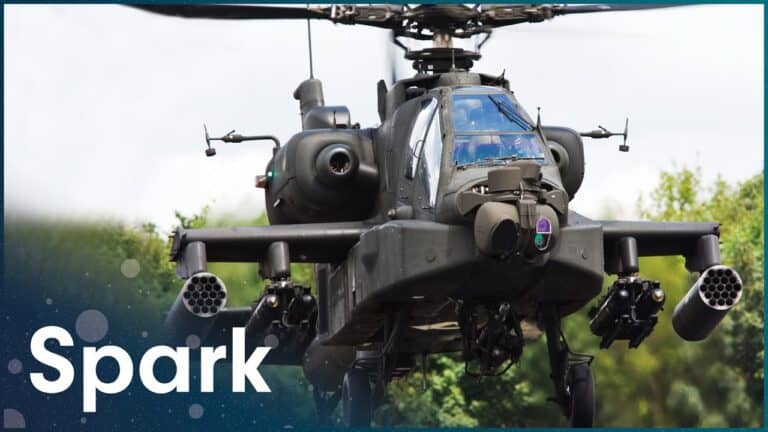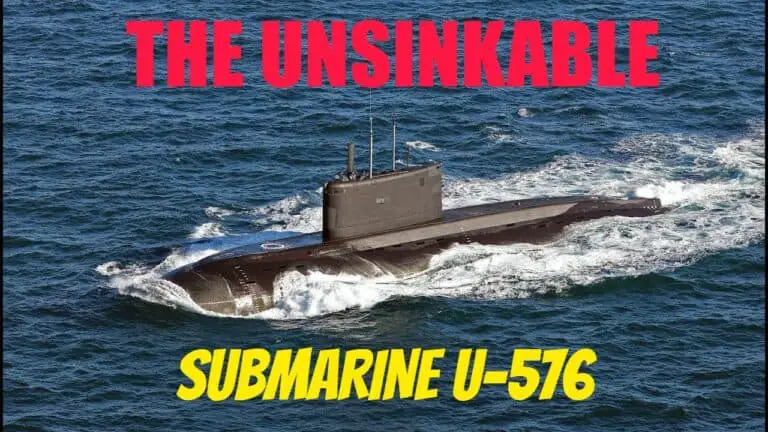The Crucial Last Battles That Ended WW2
The documentary “The Crucial Battles That Ended WW2 | Battles Won and Lost |” is a historical analysis of the most important battles of World War II. The documentary highlights the significance of these battles in terms of their impact on the outcome of the war, and the strategies employed by the opposing sides.
The narrator emphasizes the fact that every battle is both a victory and a defeat, depending on which side you are on. The battles of World War II were fought for the possession of territory, resources, and the strength to go on fighting.
For some battles, it was the victory that most influenced the future course of events, while for others, it was the defeat that changed the tide of the war.
The documentary goes on to explain that the battles of the First World War were primarily battles of attrition, with opposing armies hardly moving between lines of trenches.
However, the battles of the Second World War were fought differently. The video explores tank battles, blitzkrieg, commando raids, amphibious landings, and mobile warfare in the desert.
The documentary then delves into a specific battle, the Battle of France in May 1940, which was a turning point in the war.
The German army, under the leadership of Hitler, had planned to attack France quickly, but his generals and the army were hesitant to do so, as they feared a repeat of the First World War, which had lasted for four to five years.
However, General Erich von Manstein proposed an alternative plan, which involved outflanking the French defensive Maginot Line, by crashing through the forests of the Ardennes.
The French were taken by surprise, as they were expecting the Germans to attack in the same way they had in the First World War.
However, the German assault exploited the gap in the French defensive line, and the French army was unable to react quickly enough. Within days, the Germans had defeated the French and were advancing rapidly through the country.
The documentary then explores the criticism leveled at the French army, which was accused of being slow to react to new situations. The documentary explains that the French army had a defensive mentality, which meant that their strategy was to plug the holes in their line and act defensively.
This approach created further problems, as it caused the French tanks to spread out, making it difficult to launch an offensive counterattack.
The documentary concludes by emphasizing the importance of understanding the strategies and tactics employed by the opposing sides in these crucial battles. By understanding these battles, we can gain insight into the tactics and strategies employed in warfare and how they have evolved over time.
Subscribe to our newsletter
Get Access To Our Latest Documentaries Before Everyone Else






